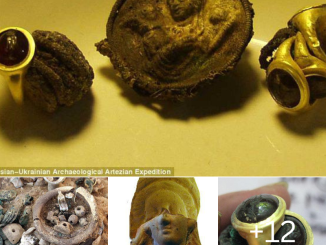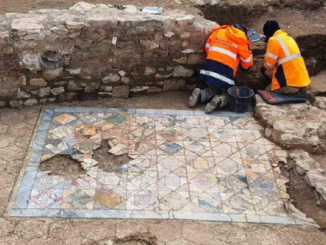In the heart of Prague’s Old Town stands a testament to medieval craftsmanship and ingenuity—the Prague Astronomical Clock. This iconic timepiece, nestled on the southern wall of the Old Town City Hall, is not merely a device to measure time; it’s a living artifact that has captured the imagination of locals and visitors alike for centuries.
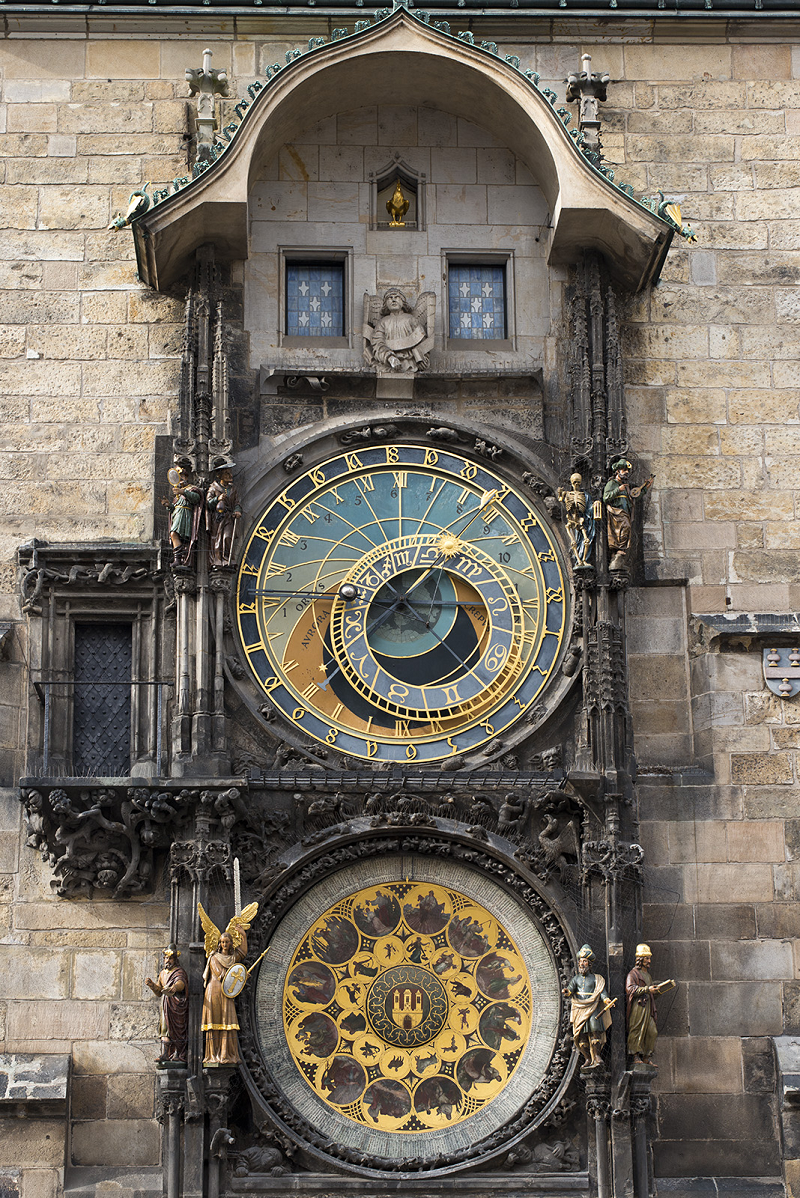

The origins of the Prague Astronomical Clock date back to the early 15th century when it was crafted by Mikuláš of Kadaň and Jan Šindel, two skilled clockmakers. For centuries, the identity of its creator was shrouded in mystery, with many attributing its construction to the legendary figure of Hanuš. According to local folklore, Hanuš was said to have been blinded by the Prague Councillors to prevent him from replicating his masterpiece elsewhere. However, historical documents discovered in 1961 shed light on the true architects of this marvel.
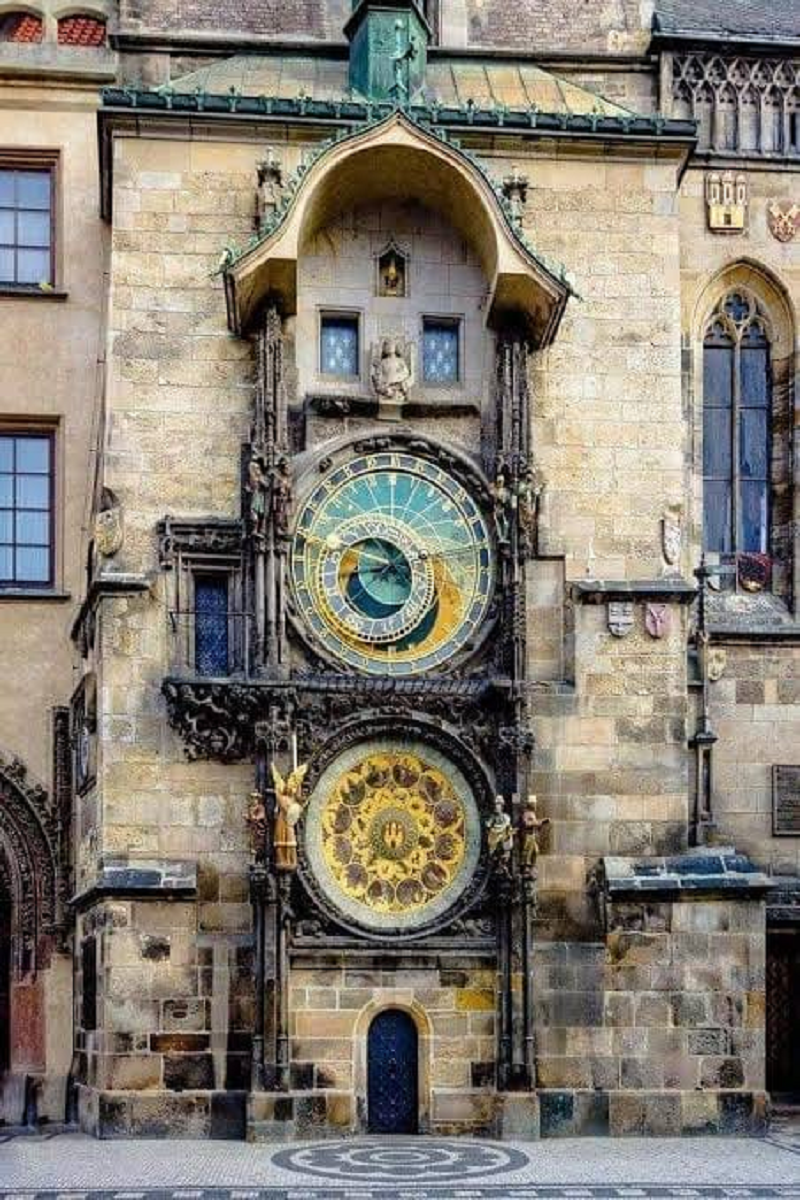
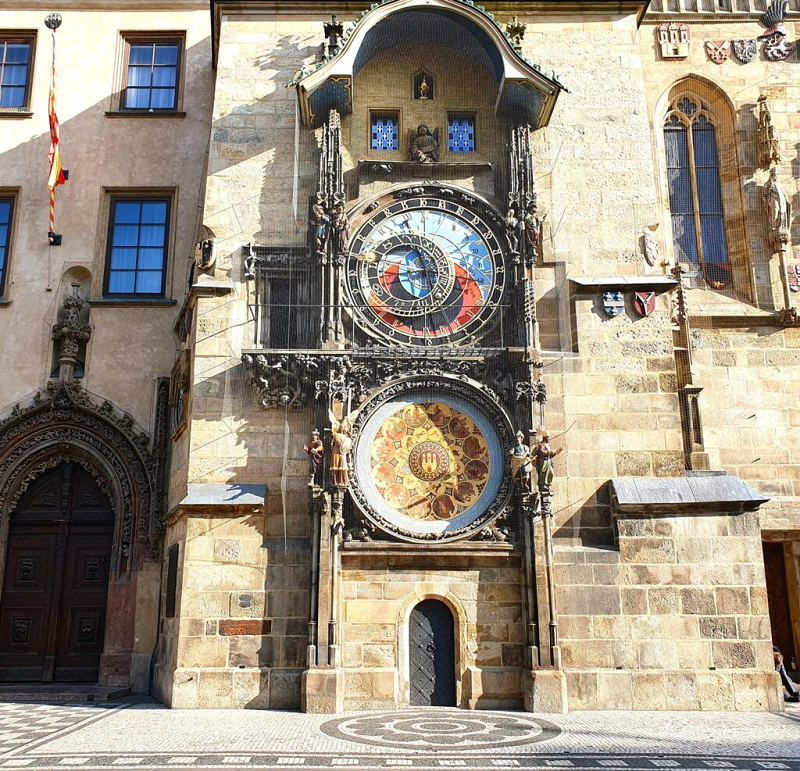
Comprising three principal parts, the Astronomical Clock is a marvel of both artistry and functionality. The Calendar Dial, the newest addition dating back to 1865, showcases Josef Mánes’s intricate paintings depicting the months of the year, adorned with zodiac signs and Prague’s Old Town symbol. This dial also features stationary sculptures—a Philosopher, an Angel, an Astronomer, and a Chronicler—adding depth to its visual narrative.
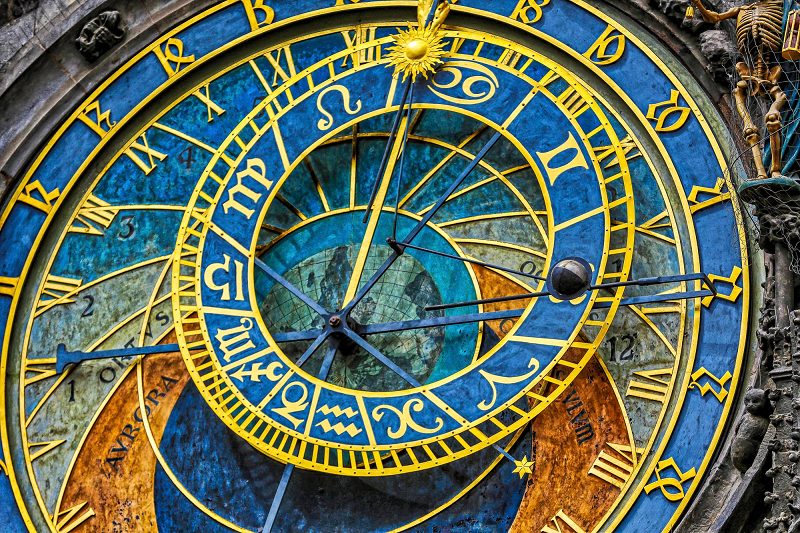

Above the Calendar Dial sits the Astronomical Dial, a representation of the universe as perceived during the Middle Ages. Its Zodiacal ring tracks the sun’s position, while two clock hands, one representing the sun and the other the moon, traverse its surface. Three distinct dials display various timekeeping systems, including Ancient Czech Time, Central European Time, and Unequal Time, providing a glimpse into the historical context of timekeeping.
However, what truly captures the imagination of onlookers are the twelve apostles, carved from wood and housed in the upper windows of the clock. As each hour approaches, these sculptures come to life, marking the passage of time with a solemn procession. Surrounding them are figures symbolizing human vices—vanity, greed, and lust—serving as a poignant reminder of the transient nature of existence. And presiding over it all is the figure of death, a skeletal harbinger of time’s inevitable march.
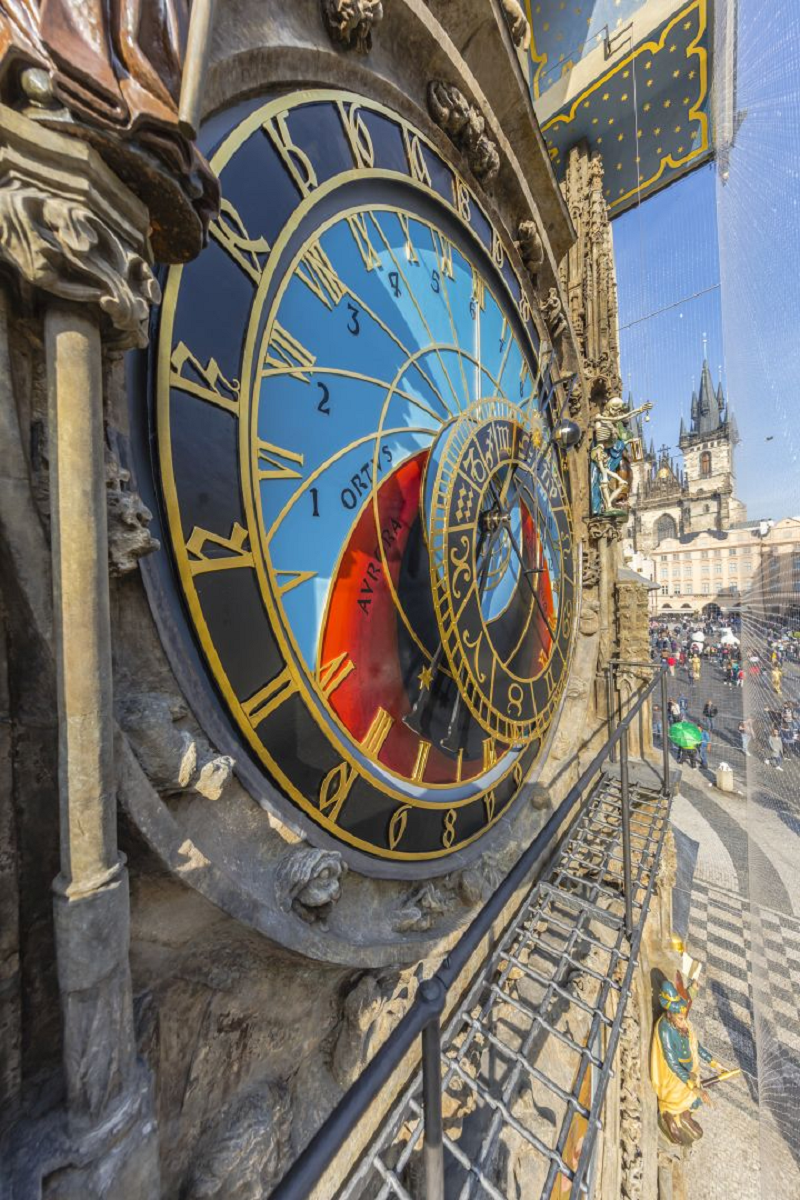
The Astronomical Clock is not merely a relic of the past; it’s a living embodiment of Prague’s rich history and cultural heritage. It has withstood the test of time, bearing witness to centuries of political upheaval, social change, and technological progress. Its intricate design and timeless symbolism continue to fascinate scholars, historians, and tourists from around the globe, offering a window into the medieval mindset and the quest for understanding the cosmos.
As the hands of the Astronomical Clock continue their eternal dance, we are reminded of the enduring legacy of human ingenuity and creativity. In a world driven by constant innovation and progress, this timeless marvel serves as a poignant reminder of our shared past and the timeless quest for knowledge and understanding. So the next time you find yourself wandering the cobblestone streets of Prague’s Old Town, take a moment to gaze upon the Astronomical Clock and marvel at the wonders of the universe captured in its intricate design.

